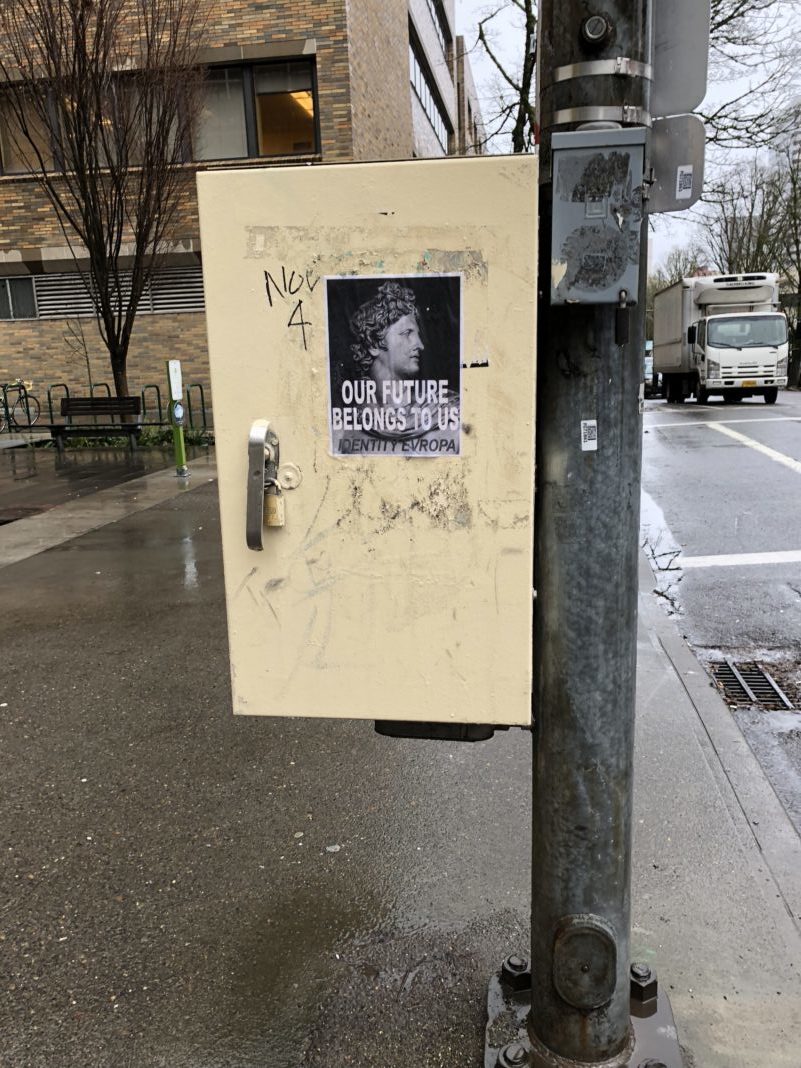All across North America, lands sacred to First Nations people survive under threat of betrayal by the current United States president. These sites are just as sacred as an ancient church is to a Christian or a centuries-old mosque is to a Muslim. In south- and northeast U.S., sites such as Cahokia Mounds have been around since at least 1000 CE. In the Southwest stand pueblo sites and ancient mesas. In the Northwest, there are sites such as the now inundated Celilo Falls. Many of these sites now face losing their federally protected status, a move the citizens of the U.S. cannot allow to happen.
In Utah, the Bears Ears National Monument is home to over 100,000 Native American archaeological and cultural sites. These sites, which should be protected—and were briefly—are under threat of being destroyed by oil drilling and ranching. Bears Ears is described by Jim Enote, director of the Bears Ears Tribal Coalition, as “a place with irreplaceable cultural resources…It is a place many Native people in the Four Corners area continue to define as home, soul and the setting for the cultivation of cultures.”
Despite this, President Trump states he will rescind protection over 85 percent of Bears Ears National Monument, giving that land back to the state for the purpose of ranching and oil drilling. This will reduce Bears Ears from a site of 1.35 million acres to 206, 201 acres.
Many of these sites have already been destroyed, damaged or otherwise disrespected. However, as we moved through the 20th century, sites were gradually preserved: Chaco Canyon as a national monument in 1907, Cahokia Mounds a U.S. national historic landmark in 1964, and Bears Ears a national monument on Dec. 28, 2016 under the American Antiquities Act.
The American Antiquities Act, enacted in 1906, was the first American law to establish protection for natural land. The Act gave authority to the president to give protection to “historic landmarks, historic and prehistoric structures, and other objects of historic or scientific interest that are situated upon the lands owned or controlled by the Government of the United States.”
While this still relied on the president to establish this protection, which would depend on the president’s view of conservation, it provided a solid foundation for the protection of ancient sites.
The American Antiquities Act gives the president authority to protect a site, but nowhere does it give the president authority to take away previously enacted protection. Likewise, it does not mention modifying a monument. With President Trump standing on shaky ground, suing appears to be a viable option, and tribes are doing just that.
The establishment of Bears Ears last December was a step forward. Angela Baca, a Navajo and Hopi filmmaker at New York University, said that the establishment of Bears Ears “was a signal that the U.S. would finally listen and respond to indigenous peoples.”
The Bears Ears Monument decision included voices of indigenous people through the Bears Ears Tribal Coalition, which is unusual. Bears Ears would have been, and should have been, a step in the right direction.
Bears Ears is an ancient site, just as important for preservation as a cathedral in Europe or Stonehenge in the United Kingdom. The preservation of ancient works not made by whites is a struggle. As a result, many sites, such as pueblos and mounds, have been destroyed in this country. We have already lost multiple ancient indigenous sites, and we should strive to not lose more. In 2018, it is time to listen to indigenous people, the people whose land the majority of us occupy. It is not time to backtrack on the promises made.
Take action: Bears Ears Coalition




